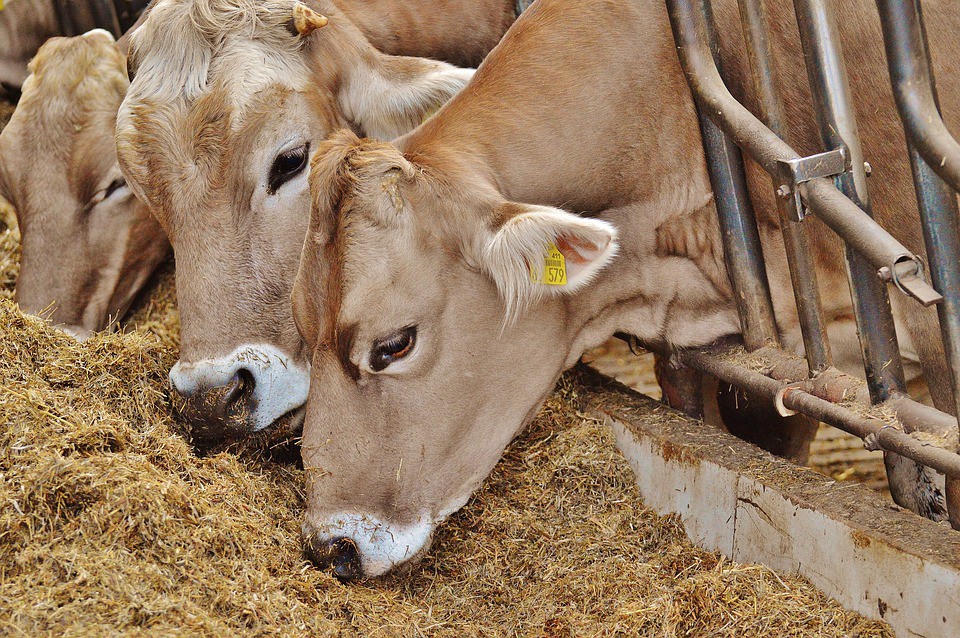Through industries, workers produce several goods to help humans and animals survive. Learning particular manufacturer that relates to the animal is a significant opportunity for us and the farmers so that they can supplement their livestock feeds accurately.
Table of Contents
What is the animal feed industry?
Animal feed cannot be masterly processed smoothly without the animal feed manufacturers. Hence, there are numerous animal feed companies around the globe. These are the human ways to extend their help to farmers. Animal feeds serve a critical part in the global food business, allowing for the cost-effective production of animal proteins globally.
In addition, Feed is a crucial and substantial component in guaranteeing safe, abundant, and economical animal proteins. Accordingly, in a way that there is animal feed, there will be a presence of the animal feed industry. Industry tells us about food trends, consumer demands, and people’s tastes initiate to produce set raw foods that can suffice animal needs to grow healthy and productive.
What are the three types of feeds?
It is vital to provide animals with properly balanced diets free of toxins and pollutants to improve livestock productivity and welfare. Good quality feed also enhances producer revenue, assures a higher quality product, and contributes to a cleaner, greener environment. Animal feed suppliers can assist the farmers in what primary best quality of the feeds.
Here are the three types of Feeds:
- Pasture and Fodder Crops – These are sorts of feeds that animals directly graze on. Pastures consist of grasses and legumes. Examples of pasture feed are Kikuyu grass, Star grass, Rhode grass, and Nandi Setaria. Legumes can also provide livestock with proteins. And some example of this is Desmodium, Glycine, and Clover. Animals indirectly consume fodder crops, which are harvested and fed to animals. Examples of this are Napier grass (most common), sweet potato vines, kales, sugar beet, banana stem, maize stalk, etc.
- Conserved feed – Hay and Silage are the two types of conservation feeds. Hay is a class of fodder that can be harvested, dried, and stored for later use. It is set aside in bales or stacks. While Silage is not dried, it is compressed and fermented before being stored in silos.
- Commercial feeds and Concentrates – These are factory-made feeds that we can buy in stores. They are as follows: maize germ, pollard, bran, and dairy meal. Concentrates are added to commercial feeds to increase their nutritional value. Examples of concentrates are sunflower seeds, fishmeal, bone meal, salt licks, and sunflower seeds.
Therefore, Types of feed should always be valued, through this way, people can lessen the problem that we will be facing in the future.
What is the Feedmill industry?
A century ago, formulated mixed feeds were utilized as food for domesticated animals. It resulted in significant advances in technology, animal nutrition, and feeding regimens to achieve efficiency in animal production. The Feedmill industry, in general, is responsible for the manufacturing of animal feeds, including those consumed by livestock, poultry, and companion animals.
For animal-based agriculture, manufactured Feeds supply appropriately prepared feeds to livestock and poultry animals to meet all nutrient requirements for optimal development and performance. These produced feeds thoroughly served to ensure that the animal receives the proper nutrients at each stage of its life.
Every feed mill should adversely build a quality contro0l system to gain the quality of feeds that can be affected by the quality of ingredients obtained and pivotal to selecting and monitoring the incoming feed ingredients. However, the quality of the ingredients can vary based on the original materials, processing technique, storage, and contamination/adulteration.
What are the issues and concerns about animal feed?
Whenever we strive to do well in a situation, we cannot escape the issues about anything. There are also issues and concerns about animal feed that we need to comprehend.
Animal feed or forage may include a variety of pathogens that might cause human illness in farm animals. Salmonella enterica, Salmonella enterica serotype Arizonae is a rare human pathogen. It can cause meningitis with symptoms similar to those seen with other salmonella species.
Toxoplasma gondii, Toxoplasma gondii is a parasitic protozoan that infects most warm-blooded animals, including humans, and causes toxoplasmosis and Trichinella spiralis. It is a viviparous nematode parasite that lives in rodents, pigs, bears, hyenas, and humans and causes the affliction of trichinosis. It is sometimes resorted to as “pork worm” it can be the spot in undercooked pork products. 0
Contamination of animal feed with mycotoxin can result in foods of animal origin containing these chemical substances. Some associated health risks include toxic chemicals, disease-causing microorganisms, and toxic raw components in animal feed formulation. The safety of animal feeds is critical to avoid contamination and food diseases.
Poisonous substances commonly found in animal feeds, such as Beta Agonist, Dioxin, Nitrofuran, Chloramphenicol, and Fluoroquinolone, can build in the animal body and be passed on to its products, such as milk, eggs, meat, and offal.
Animal manufacturers doubled their efforts to give quality feeds that can help to boost agriculturist interest in their livestock. But there are issues like exchange rate instability and safety and quality assurance, which are also concerns about the additives to be applied.
Proteins in local availability are one of the issues that need time to resolve. Given the demands of humans, we can’t deny the fact that the resources are depleting. Livestock farm needs to be in a condition so that there is a suitable safe deposit of animal feed.
Another concern from people is where they can find manufacturers that the price is not that high and the quality is good.
CONCLUSION
There is a strong relationship between the quality of livestock feed and the quality of animal products available for human consumption. Improving feed quality could be accomplished by selecting the highest quality raw material available and supplementing the nutrient content of the meals with commercially available nutrients such as amino acids, mineral supplements, vitamins, or additives.
For your concerns and queries, you can visit www.nanapanagri.com to check on available options.


